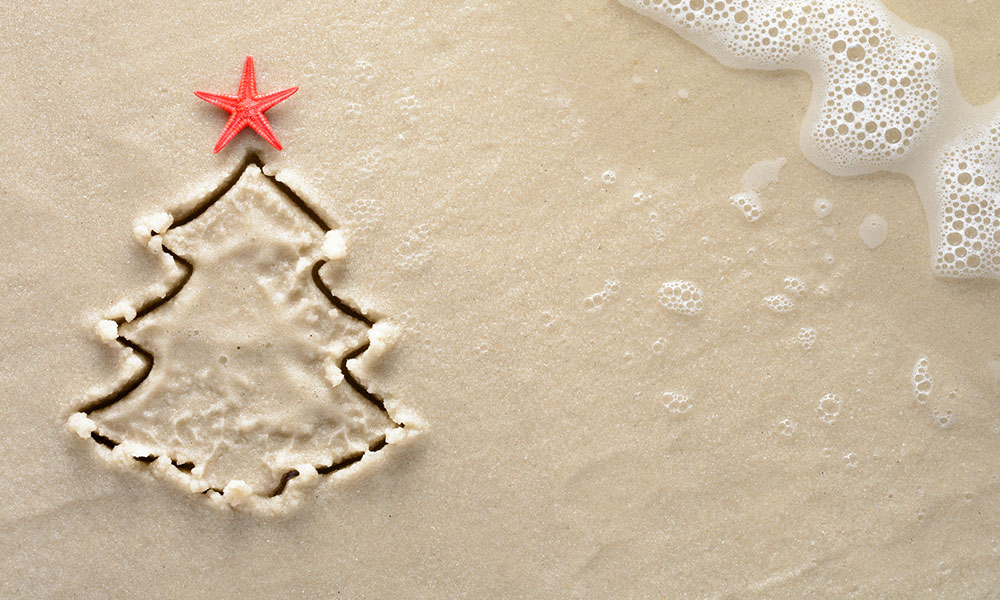
Local Group to Recycle Christmas Trees to Restore Sand Dunes
After Hurricane Harvey pounded its coastline, The Save Our Beach Association of Surfside, Texas, will collect Christmas trees to help stabilize its sand dunes.
Although it’s still a few weeks until Christmas, the Save Our Beach Association of Surfside, Texas, is already making plans for what to do with discarded holiday trees.
For the last few decades, in an event called Dunes Day, SOBA has used the Christmas trees to restore the sand dunes on Surfside Beach. But this year, following storms like Hurricane Harvey that battered the beach and eroded about two feet of width from the sand dunes, the trees will be used to stabilize the dunes and prevent further erosion.
“We’ve been very lucky for the last few years,” said Gregg Bisso, president of SOBA of Surfside, Texas. “We haven’t had any major event, and our dunes have been able to sustain and grow with vegetation—with the help of our Christmas trees, so we’ve been very lucky until this year.”
Dunes Day, the annual event in which volunteers secure the donated Christmas trees on the beach, launched back in the 1980s. The event became critically important in 2008, when Hurricane Ike swept through Follett’s Island—the barrier island that contains Surfside Beach—
demolishing most of its dunes. Along with other projects, the work done on Dunes Day helped rebuild the dune system, which provides the island with a natural barrier against wind and waves.
This year, Bisso estimates that the storm damage will require about 5,000 trees.
SOBA is working with the Brazoria County Parks Department to collect the trees, which residents can drop off at a handful of sites around the county. Several retail stores that sell Christmas trees have also agreed to donate their leftovers to the project.
SOBA and the parks department also partner in organizing the 200-some volunteers participate in Dunes Day, which will be held on January 21.
“Our ultimate goal is that we keep our dunes growing with good vegetation to sustain this barrier island,” Bisso said. “Our barrier island is actually in between the Gulf of Mexico and the Intracoastal [Waterway], so it’s a very important barrier island because of all of the barge traffic and the commerce that goes up and down the Intracoastal, so we want to make sure that we’re doing everything we possibly can do to sustain this barrier island.”
(RamilF/iStock/Getty Images Plus)






Comments